Looking at the monitor, you’d be forgiven for thinking he was just a dirt smudge on the screen. His puffy body and little toothpick legs, not occupying much more than a few pixels at a time. Over the last week, however, this pixel puff has scuttled his way across our monitors, through the dust bowls of the Vuyatela Dam, and straight into the hearts of viewers and the safariLIVE team members alike. We are referring, of course, to “Scoobert,” the baby blacksmith lapwing.

Scoobert is special for two reasons. One, he has an exceptionally endearing appearance and two, well… he’s still alive. Blacksmith lapwings live close to water and wetlands – hotbeds for lurking predators such as snakes and monitor lizards for whom Scoobert would be an all to delicious snack. Coming in at just 10 cm (around 4 inches), Scoobert is a feisty little fellow, first noticed on our “Dam Cam” a few weeks ago when he was little over a week old. We’ve watched him scurrying after his mother, thinking he’ll have “disappeared” by morning – at the latest – outlived only by a few lone feathers carried away in a gust of wind. Not so.
Scoobert appeared on our camera the next day, and the day after that and the next one too. Presenter James Hendry, finally went to visit him at the Vuyatela Dam during a LIVE show and found Scoobert as charming in real life as he is on the Dam Cam. If he’s not happily scampering after his mum, he’s nestling in under her wings or – much to the horror of Dam Cam viewers- testing the boundaries of his territory by venturing into the tall, ominous grass surrounding the pan.
Of course, it’s impossible to estimate whether Scoobert is in fact male at this stage, which is why James- quite infamously- initially named him “Leslie the Lapwing” during their first meeting. The Dam Cam operators known as “Zoomies,” had however, already affectionately dubbed him “Gilbert.” After heated discussions and polls on our Twitter feeds, in Final Control and around the crew dinner table “Leslie” was vetoed in favour of “Scoobert” – the hybrid between “Scoot” (the viewer favourite) and “Gilbert”. And so the “Scooby Watch” began- a daily ritual: when the first light of day breaks, we start looking for any living signs of Scoobert. Did he make it through another night? Was Hosana not spotted stalking around the pan just a few hours ago?
But soon, the little white puff of pixels appears again from behind a rock and a collective sigh is breathed in FC. We’re worried for a reason: only 26% of lapwing chicks make it to fledging, that is, the period at which they are able to start flying. Fledging usually takes place at around 40 days after hatching, which means Scoobert has around 3 weeks to go before he is able to take flight. Until then, he’s bound to the ground, with only his toothpick legs and scruffy camouflaged feathers to keep him out of the paws, claws and jaws of a number of predators that frequent the dam. Thankfully, the alarm call of a Blacksmith Lapwing is distinct: a high-pitched “ting ting ting” reminiscent of the clanking of metal sounds that might come out of a blacksmith’s workshop (which is what the species is named after). This call, along with quick feet, will help Scoobert dodge, scurry and scamper his way to the 40 day mark when he will be able to take to the skies.
It’s not difficult to see why he is so loved: Scoobert is a zestful ray of hope in an otherwise unforgiving and harsh environment that sees the safariLIVE team usually logging hours of small, helpless prey animals having their lives unceremoniously snuffed out. Scoobert has defied all of these odds. So far. And we’re rooting for him to keep doing so, well into fledging and adulthood.
Until then, we’ll be keeping a close eye on him every day, anxiously anticipating the flurry of white pixels hurtling across the screen each morning. Go, Scoob, go!
Written by: Alexandra Kögl

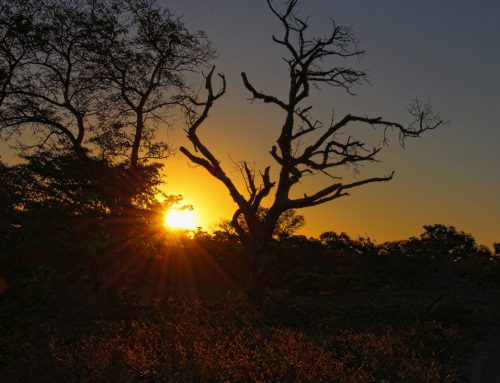
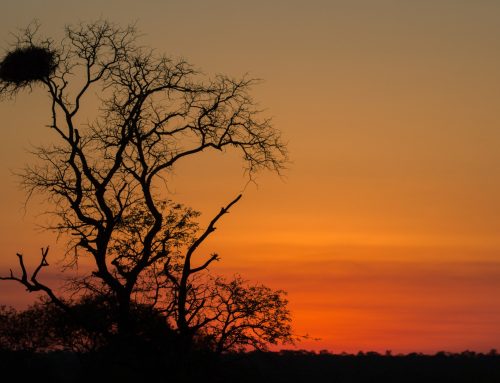
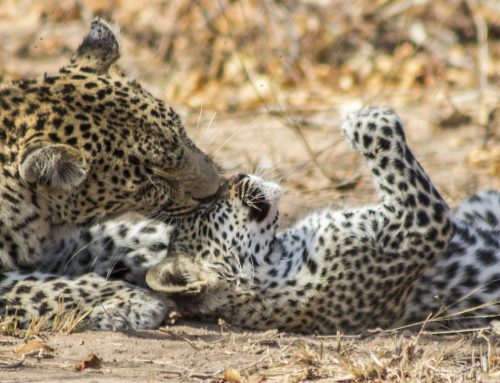
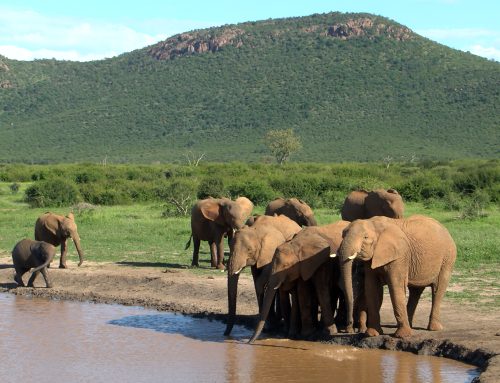
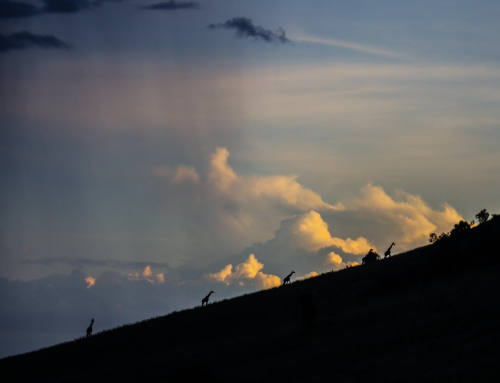
Aha! Now I will be able to remember what this bird is called, a Blacksmith Lapwing. Thanks!